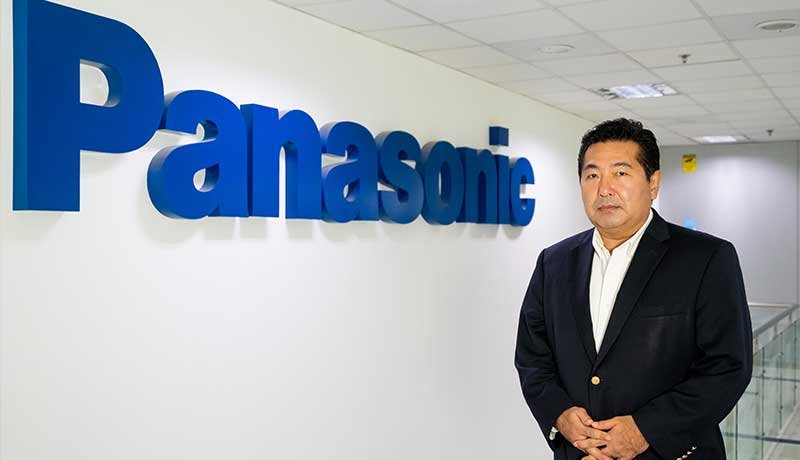15 January 2025, Wed |
2:08 PM

Disabilities, in many ways, can affect the movements and productivity of workers in industries and professionals in companies across the world. It seriously restricts one’s movements thus being a roadblock to reaching their full potential, besides holding them back from proving their professional competence.
However, with the swift advancement of technologies, the gap between the able-bodied employees and those with certain impairments has shrunk significantly. The rapidly emerging technologies have indeed proved that the disabled persons and professionals can perform as good as, or in some cases, better than many of us. This is mainly because their offices and environments are disability-friendly, and the companies and governments see these adjustments as an integral part of their infrastructure.
A well-equipped smart workplace, seen in most companies having advanced office setups, is not just an ideal workplace for the society in general, but also for those with disabilities. How the new age offices are different from the traditional work environment has a lot to do with the utility, suitability and the assistive technology they offer. An innovative workplace has become a reality now that stands a world apart from the traditional concept of the work environment. The supportive new work ambience opens a window of possibilities and opportunities for people of determination like never before.
There is a flurry of new-age technologies on offer, and many companies in the UAE are adopting them to stay in line with the country’s motto of providing inclusive benefit for all kinds of people. Artificial intelligence (AI), extended reality (XR), robotic process automation (RPA) and the internet of things together are helping in eliminating time-consuming and hands-on human functions that are exactly the weak points of many people with disabilities.
Bringing in the emerging technologies to the workplace offers a chance to create varied assistive technology products that can even out any vulnerabilities or disadvantage of people with disabilities in the work environment. This will put them on a par with the rest of the employees and rule out any possibilities of being at a disadvantage among their normal colleagues.
A host of specialized technologies are introduced to help eliminate problems and difficulties faced by differently-abled office-goers. Some of them, such as text-to-speech software for people suffering from dyslexia and screen readers and magnification for the blind and visually impaired and those with other neurodivergent conditions, can go well beyond the standard accessibility features in Microsoft and Apple computers. Meanwhile, AI and robotic process automation like Panasonic’s PiiMO, a robotic wheelchair, can make mobility borderless by making traditional environments like office floors, airports and buses more accessible for people of determination. What AI solutions do is equating visually or physically impaired workers with the rest of the employees.
It is a mobile application-operated robotic wheelchair that can move autonomously once users give it the necessary inputs. The electric wheelchair allows multiple units to travel in a single file line. PiiMO connects to sensor-equipped luggage cast that automatically follows the wheelchair without getting lost. Meant for crowded places such as airports, it comes with image recognition technology, self-position sensors, and obstacle-detecting safety sensors, moving independently and safely among the crowd. PiiMo is a precision-built powerchair that provides greater accessibility through advanced driving capabilities and enables autonomous movement in various facilities including airports, shopping malls and public transport facilities.
Another leading robotic innovation, available in the region, is HOSPI assistive robots, which is an autonomous delivery robot. They are excellent for moving deliveries from point A to B in facilities be it transportation of medication and lab samples collection at hospitals or printed papers and mails in offices. The customizable robots can be reliable assistance for elderly and people of determination to carry luggage and access workplaces seamlessly. The autonomous mobility robot from Panasonic can play an active role in modern digitized facilities. The robot has already proven useful around in delivering medicines, medical samples, documents, beverages and serving as a mobile signage system.
A wearable robot for the waist designed to minimize stress and burden caused by the sedentary workstyle, ATOUN can be a real help for professionals to work efficiently and thereby improving productivity. Until recently, the robotic arm has been used at logistics and manufacturing sites, but ever since it was introduced at nursing-care facilities, the objective of the product became people. ATOUN decided to carry out more studies on the patient care sector, with the hope that such wearable robots at nursing-care sites might reduce the psychological resistance felt on-site once the students begin their professional career. It is proved later that the implementation of such wearable robots in workplaces can level the playing field for new technologies in the care and independence of people of determination, thus improving the performance of caregivers.
For years, a perceptible divide was seen between the workers in general and those with certain impairment in industries and companies across the globe. But the advent of assistive technologies, such as PiiMO, HOSPI and ATOUN has reduced that gap. While those innovations assist people of determination, companies that implemented them have seen a marked growth in productivity and professional competence of their staff.